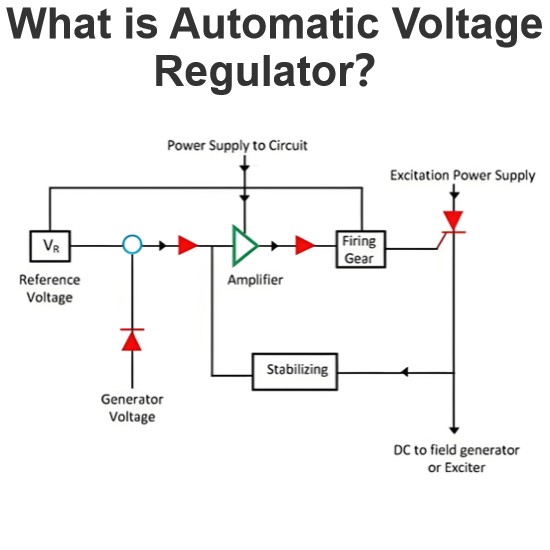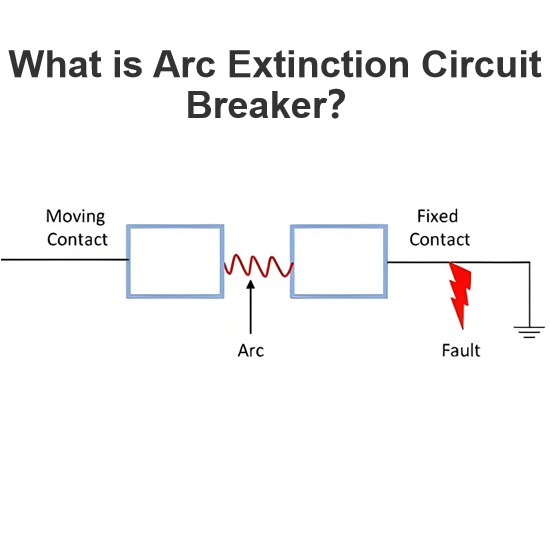Differential Protection Relay
Definition
A differential protection relay is one whose operation hinges on the phase difference of two or more electrical quantities. It operates based on the principle of comparing the phase angle and magnitude of the same electrical quantities.
Example
Take the comparison of the input and output currents of a transmission line as an instance. If the magnitude of the input current of the transmission line exceeds that of the output current, it indicates that additional current is flowing through it due to a fault. This difference in current can activate the differential protection relay.
Essential Conditions for Operation
For a differential protection relay to function properly, the following conditions must be met:
The network in which the relay is employed should possess two or more similar electrical quantities.
These quantities should have a phase displacement of approximately 180º.
Differential protection relays are utilized for safeguarding various electrical components such as generators, transformers, feeders, large motors, and bus - bars. They can be classified as follows:
Current Differential Relay
Voltage Differential Relay
Biased or Percentage Differential Relay
Voltage Balance Differential Relay
Current Differential Relay
A current differential relay is a type of relay that detects and responds to the phase difference between the current entering an electrical system and the current leaving it. The figure below illustrates an arrangement where overcurrent relays are connected to function as a differential relay.
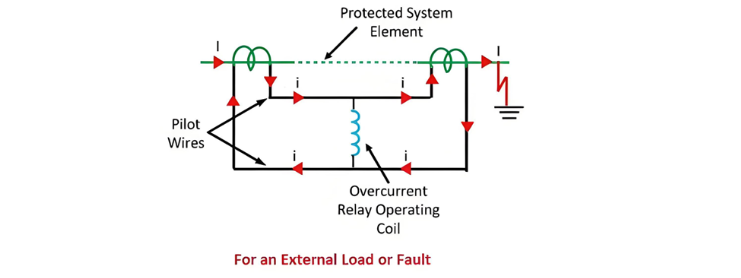
The configuration of the overcurrent relay is depicted in the figure below. The dotted line indicates the section that is intended to be protected. Current transformers (CTs) are positioned at both ends of the protected zone. The secondaries of these transformers are connected in series via pilot wires. As a result, the currents induced in the CTs flow in the same direction. The operating coil of the relay is connected to the secondaries of the CTs.
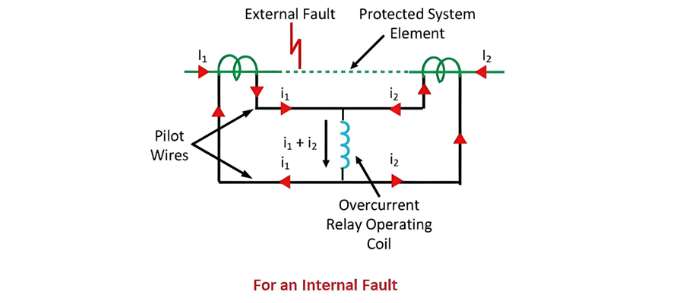
Under normal operating conditions, the magnitudes of the currents in the secondaries of the current transformers (CTs) are identical, resulting in zero current flowing through the operating coil. However, when a fault occurs, the magnitudes of the currents in the CT secondaries become unequal, which triggers the relay to start operating.
Biased or Percentage Differential Coil
The biased or percentage differential relay is the most commonly employed type of differential relay. Its configuration is similar to that of the current differential relay. The key difference lies in the inclusion of an additional restraining coil, which is connected in the pilot wires, as illustrated in the figure below.

The operating coil is connected at the midpoint of the restraining coil. When a fault current occurs, the current ratio in the current transformers becomes unbalanced. However, this issue is effectively addressed by the restraining coil.
Induction Type Biased Differential Relay
The induction - type biased differential relay features a disc that rotates freely between electromagnets. Each electromagnet is equipped with a copper shading ring, which can move in and out of the electromagnet. The disc is influenced by both the restraining and operating elements, resulting in a net force acting upon it.
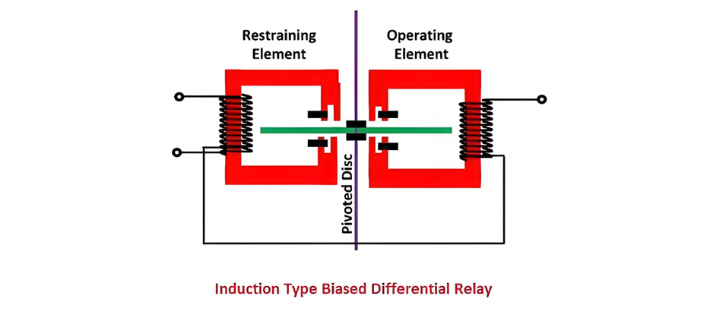
When the position of the shading ring is in a balanced state for both the operating and restraining elements, the resultant torque acting on the ring becomes zero. However, if the ring moves towards the iron core, unequal torques will be exerted on the ring due to the combined influence of the operating and restraining coils.
Voltage Balance Differential Relay
The current differential relay is ill - suited for protecting feeders. To safeguard feeders, voltage balance differential relays are employed instead. In a voltage balance differential relay setup, two identical current transformers are placed at either end of the protected zone and connected via pilot wires.
These relays are connected in series with the secondaries of the current transformers. They are configured in a manner that ensures no current passes through them during normal operation. The voltage balance differential relay utilizes air - core current transformers, where voltages are induced in proportion to the current flowing through them.
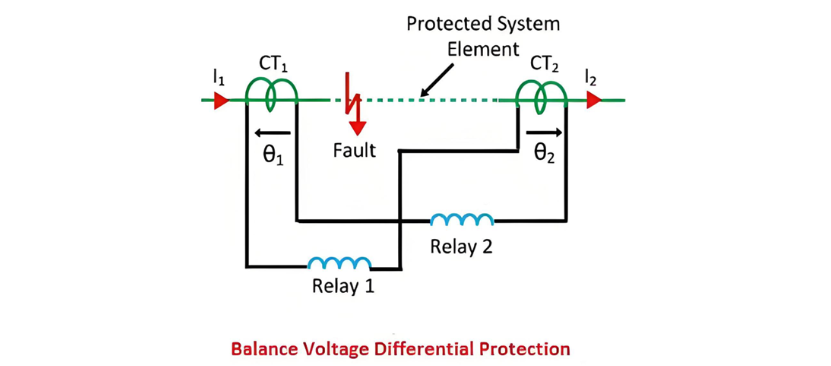
When a fault occurs within the protected zone, the currents in the current transformers (CTs) become unbalanced. This imbalance disrupts the voltages in the CT secondaries. Consequently, current begins to flow through the operating coil of the relay. As a result, the relay activates and issues a command to the circuit breaker, prompting it to trip and isolate the faulty section of the circuit.
The Electricity Encyclopedia is dedicated to accelerating the dissemination and application of electricity knowledge and adding impetus to the development and innovation of the electricity industry.

